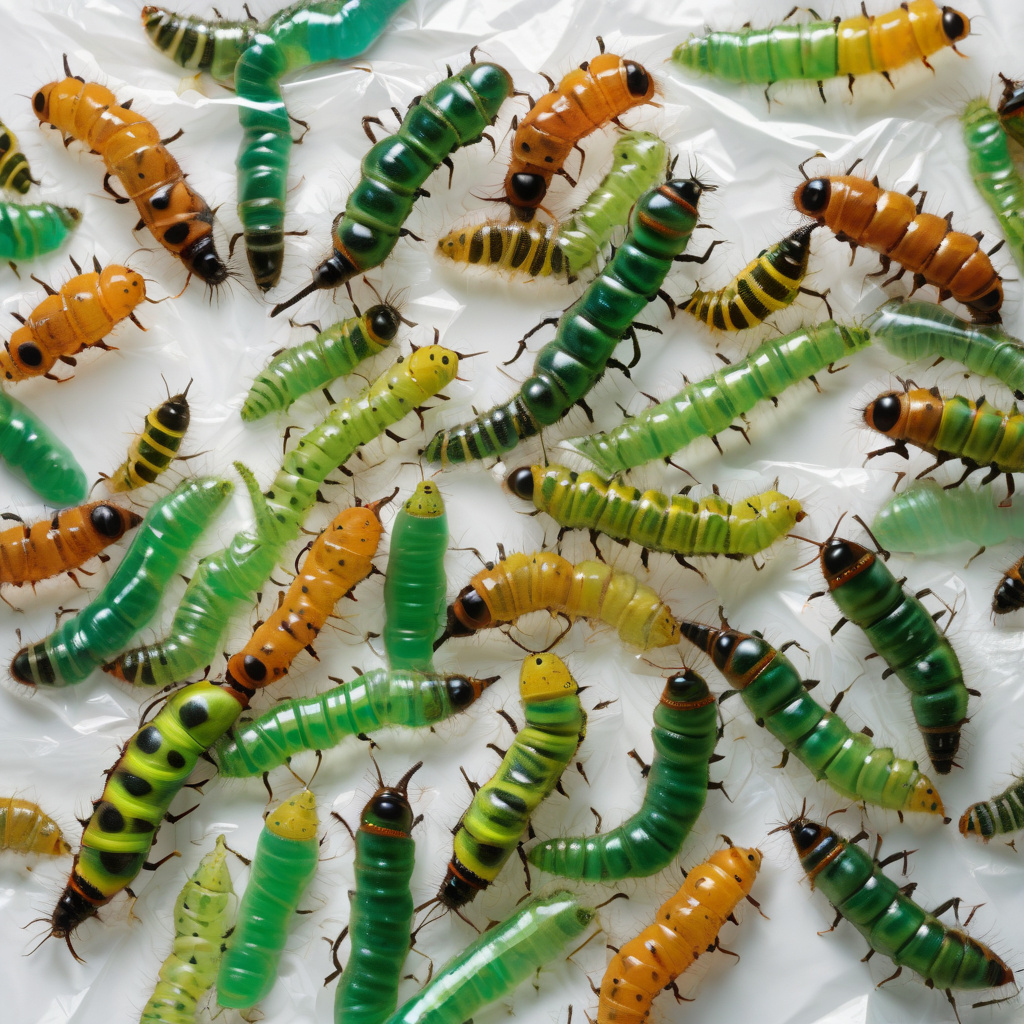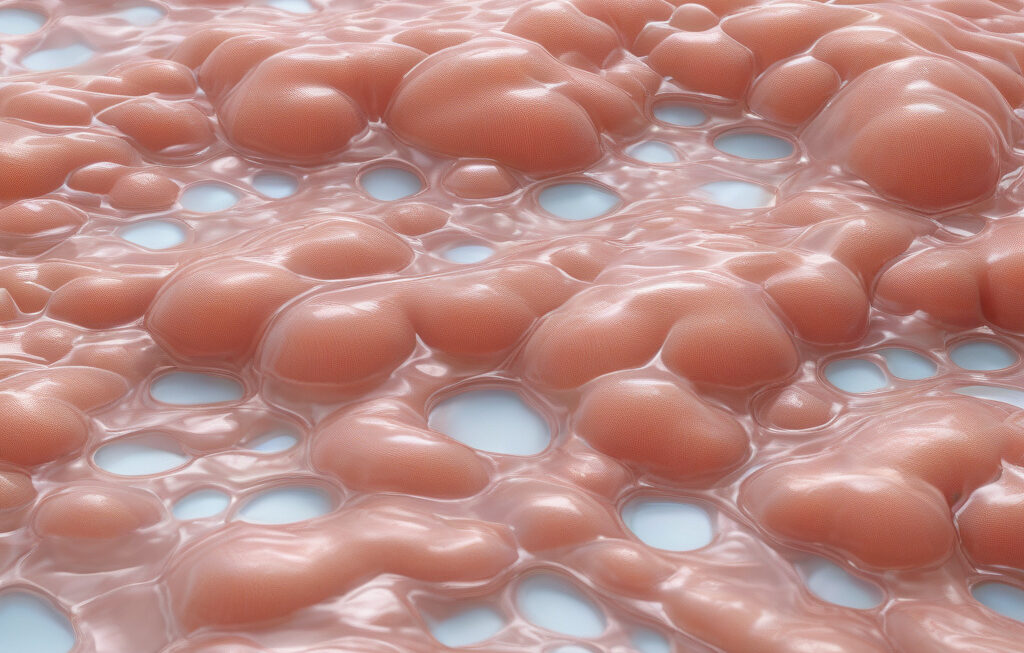2,000 ‘Plastivore’ Caterpillars Can Gobble a Stubborn Plastic Bag in 24 Hours
A new study explores the potential of caterpillars to degrade polyethylene plastic, the most common type of plastic used in shopping bags, packaging, and other single-use items. In a world grappling with the ever-increasing plastic pollution crisis, these findings could pave the way for a groundbreaking solution to tackle the environmental challenges posed by plastic waste.
Polyethylene plastic can take hundreds to thousands of years to decompose in the environment, contributing significantly to pollution and endangering wildlife. However, researchers have discovered that Galleria mellonella, commonly known as the wax worm, can play a vital role in breaking down this persistent material.
The study revealed that a group of 2,000 wax worms has the remarkable ability to consume a standard plastic shopping bag within just 24 hours. These ‘plastivore’ caterpillars can efficiently biodegrade polyethylene by breaking down its chemical bonds, offering a glimmer of hope in the fight against plastic pollution.
Scientists believe that the wax worms digest the plastic by secreting an enzyme that helps to depolymerize the polyethylene, essentially converting the plastic into ethylene glycol, a compound that is non-toxic to the environment.
This groundbreaking discovery opens up a realm of possibilities for utilizing these caterpillars on a larger scale to manage plastic waste effectively. By harnessing the natural biodegradation abilities of these ‘plastivore’ caterpillars, we could potentially reduce the environmental impact of plastic pollution and pave the way for a more sustainable future.
While further research is needed to fully understand the mechanisms behind this process and to scale up the solution, the potential of using caterpillars to combat plastic pollution is indeed promising. Imagine a world where these tiny creatures play a significant role in cleaning up our plastic-ridden ecosystems, offering a ray of hope amidst the daunting challenges of environmental degradation.
As we continue to grapple with the consequences of plastic pollution, innovative solutions like harnessing the power of ‘plastivore’ caterpillars remind us of the importance of thinking outside the box. By embracing nature’s own mechanisms for biodegradation, we can work towards a cleaner, healthier planet for future generations to enjoy.
In conclusion, the discovery of caterpillars’ ability to biodegrade polyethylene plastic at such a rapid pace is a significant breakthrough in the ongoing battle against plastic pollution. By leveraging the natural instincts of these ‘plastivore’ caterpillars, we have the opportunity to mitigate the environmental harm caused by plastic waste and move towards a more sustainable coexistence with our planet.
plastivore, caterpillars, plastic pollution, biodegradation, environmental sustainability












